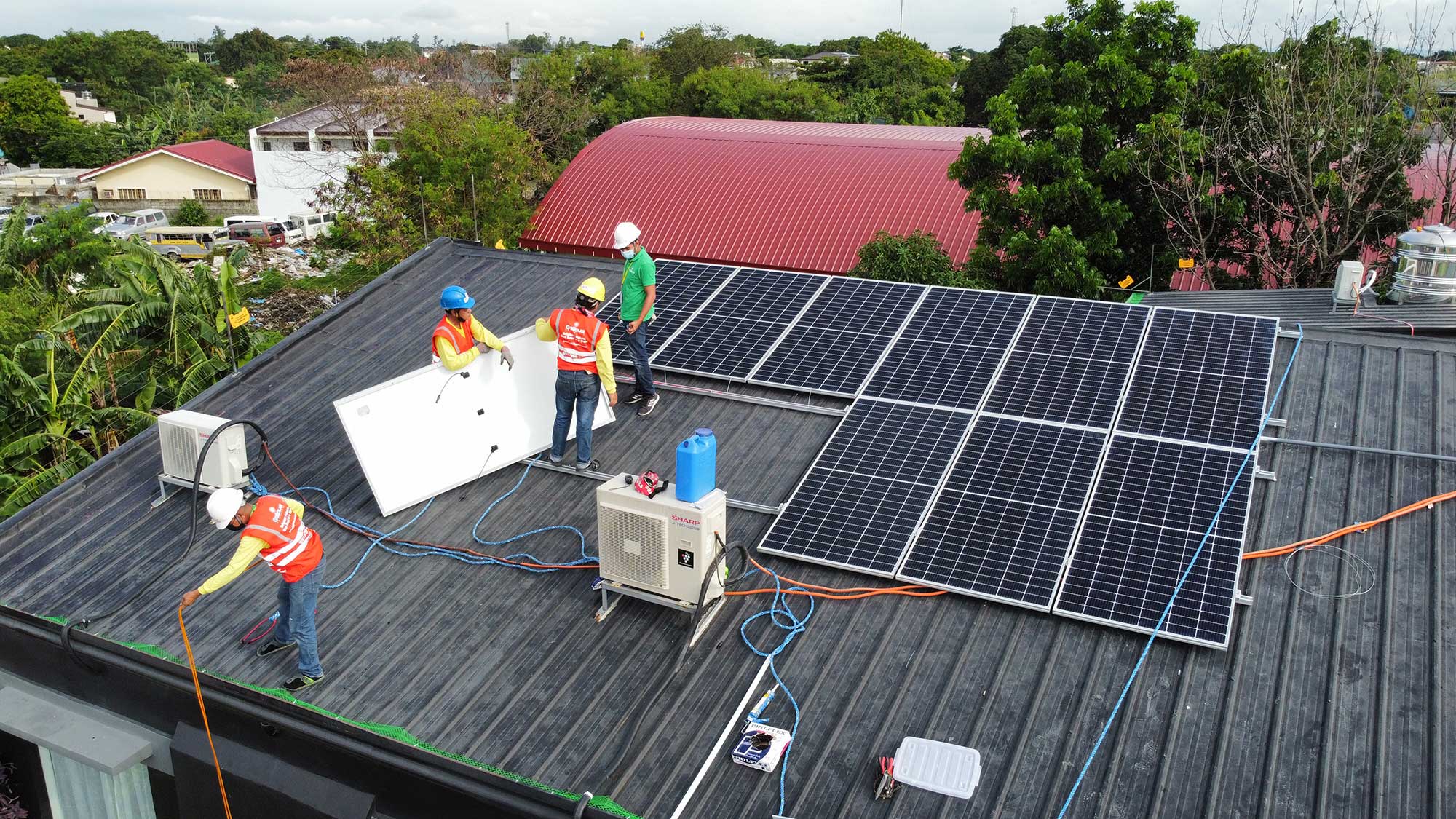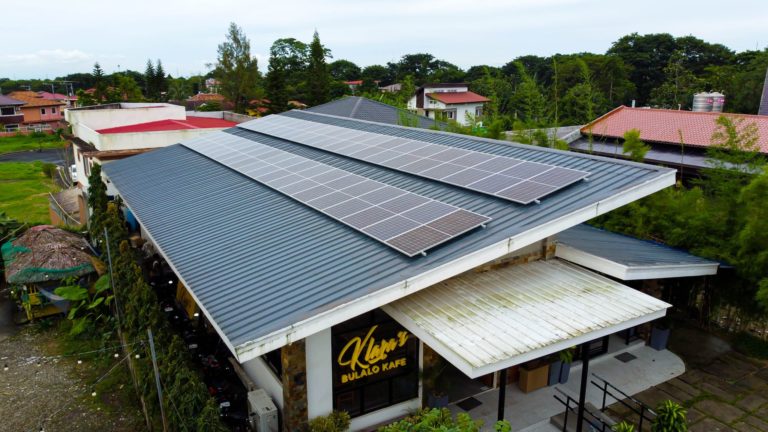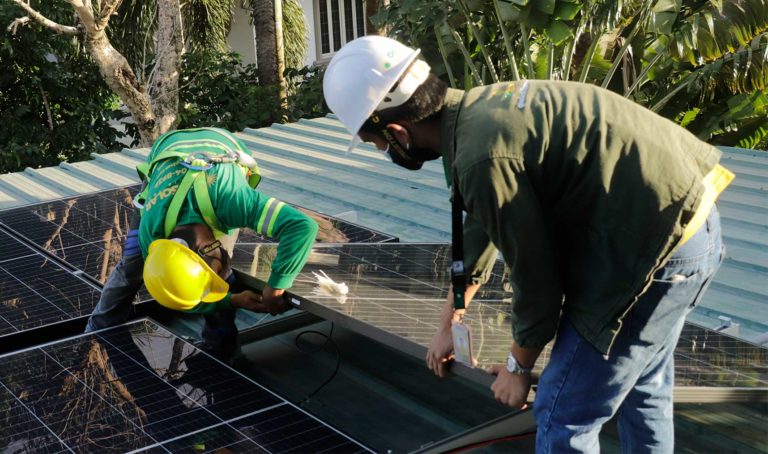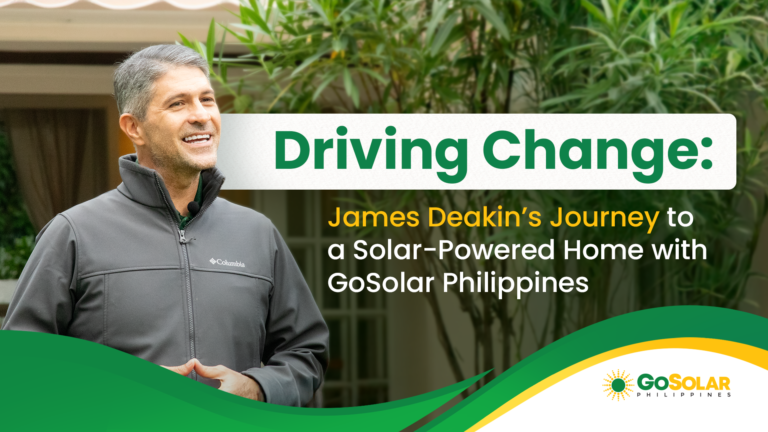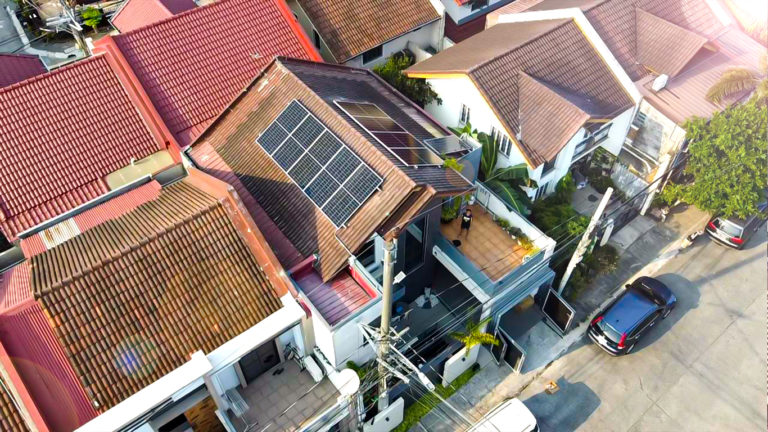The Benefits Of Going Solar
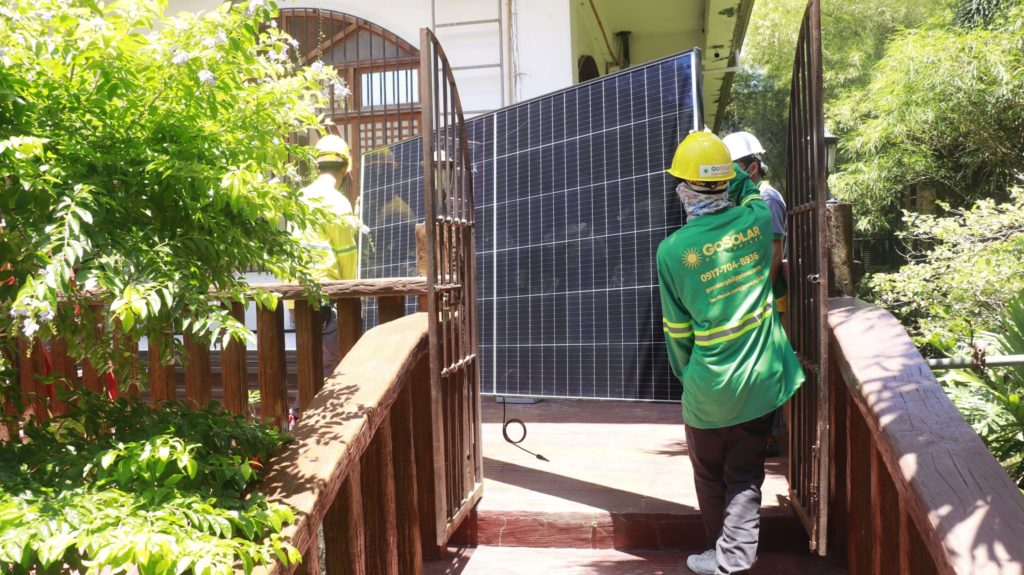
The Benefits Of Going Solar
The benefits of going solar are numerous. It’s not just about being eco-friendly, it’s also about being smart with your money. You’ll be able to save on electricity bills and help the environment at the same time!
GoSolar Philippines has been in the solar industry for over 6+ years now that’s why we know just how important it is to have a comprehensive guide about solar energy and its benefits.


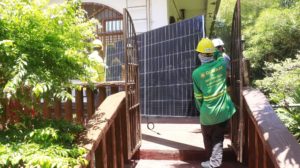

So you have decided to go solar and make the switch? We are happy to hear that! Now, let’s get started!
GoSolar Philippines has been in the solar industry for over 6+ years now that’s why we know just how important it is to have a comprehensive guide about solar energy and its benefits.
We want you to be well-informed about the different benefits of going solar, so here’s a list of 5 reasons why you should switch to solar energy:
This guide is a must-read for anybody who wants to understand more about what makes solar energy one of the most sought-after sources of renewable energy today.

Solar energy is one of the most renewable sources of energy. The sun is available in abundance and has been a source of heat and light for millennia. The only limitations are the number of hours in a day, so it makes sense that this natural resource should be harnessed as an alternative source of power.
Solar power has many benefits:
- Environmentally friendly because it doesn’t produce greenhouse gases or CO2 emissions when used properly;
- Cost-effective since solar panels don’t require fuel costs like other types of electricity generation do;
There are also many different forms that solar panels can take:
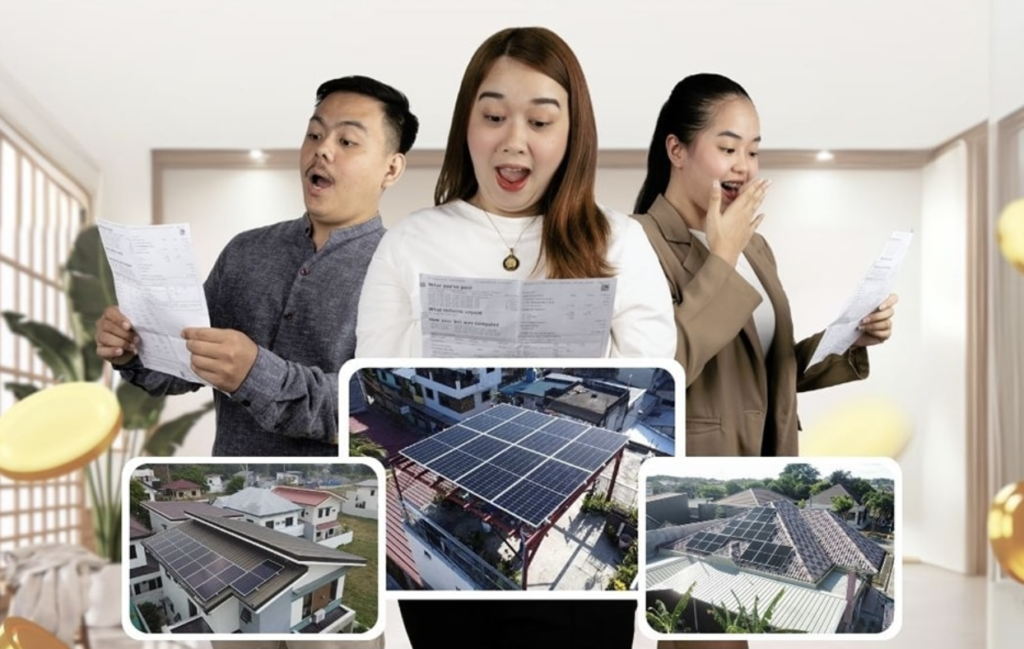
If you are wondering whether to get a residential or commercial solar installation, read this guide.
If you are wondering whether to get a residential or commercial solar installation, read this guide.
Residential solar is a good option for homeowners who want to save money on their utility bills and reduce their carbon footprint. Residential solar can be an initially expensive investment but it is one that will pay off in the long run by providing your home with clean energy. You won’t have to worry about paying expensive electricity bills anymore!
Commercial solar is a great option for businesses that want to save money on their energy bills. Commercial solar can be an expensive investment but it is one that will pay off in the long run by providing your business with clean energy.
We will help you decide if solar is right for you!
First, let’s look at the advantages of solar energy. Photovoltaics (PVs) are the most popular solar energy technology. They use semiconductors to convert light into electricity and are considered the most cost-effective renewable power source. Solar-generated electricity is clean, efficient, and environmentally friendly. In fact, solar panels have no moving parts so there is no risk of mechanical failure which keeps them safe from wear and tear over time. To put it simply: they just work!
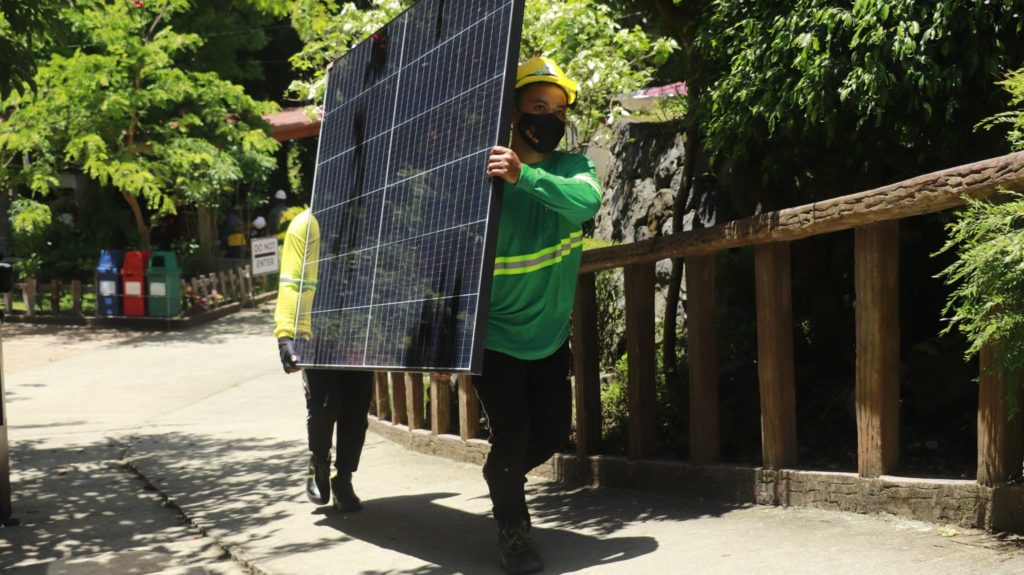
Solar panels are easy to install and maintain. They require little space, no maintenance, and no fuel costs. They also reduce your carbon footprint by producing electricity that doesn’t produce harmful emissions.
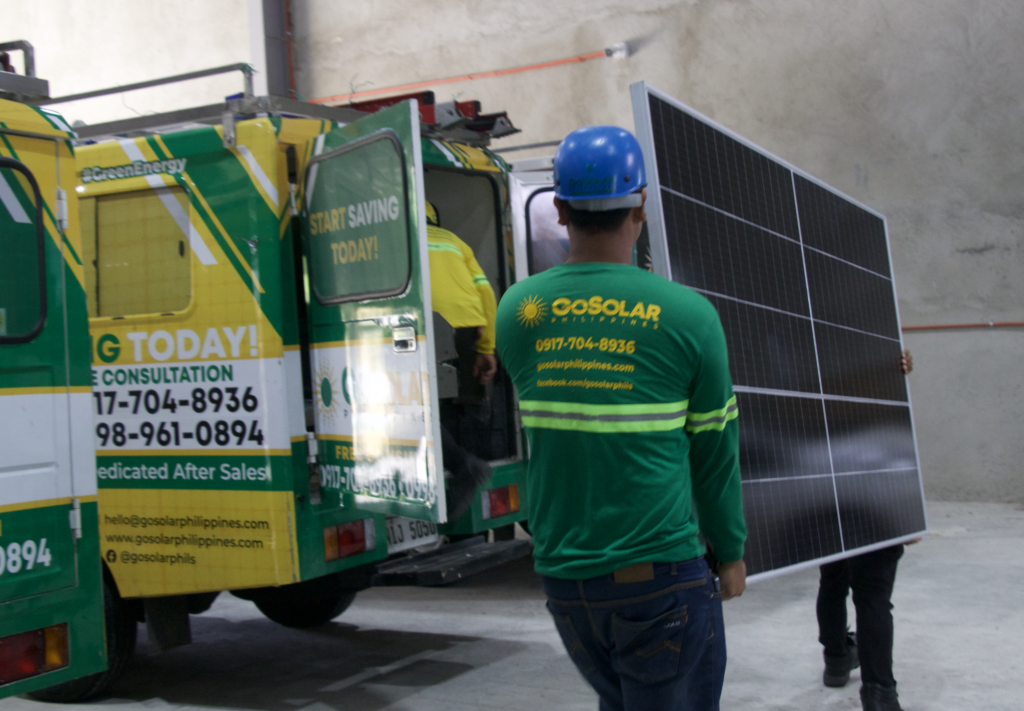
Solar Energy: A Primer
Solar energy is the most abundant and widely available renewable energy source in the world. It can be used for heating, lighting, and cooling spaces. Solar energy is harnessed from the sun through photovoltaic cells that convert photons of light into electricity.
The technology of solar cells has been around since the 1950s, but it wasn’t until recently that their cost declined to make them a viable option for homeowners looking to lower their utility bills or become more self-sufficient.
Solar energy has several advantages over fossil fuels and other renewable resources. It’s free, it doesn’t produce harmful emissions, and it’s available every day of the year. However, solar energy has some drawbacks as well. The cost of solar equipment is high compared to similar fossil fuel-based technologies, and it takes time to install.
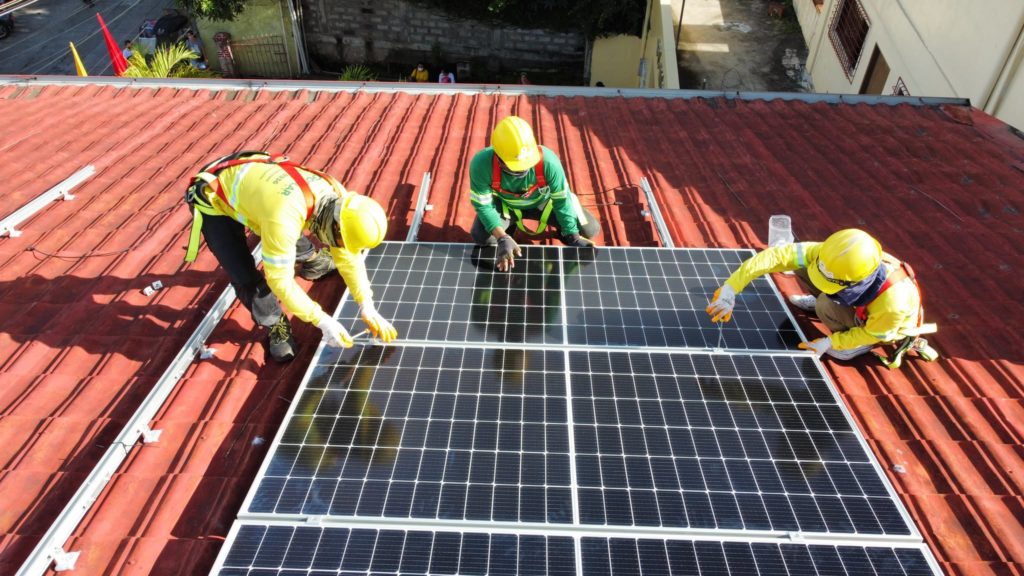
“Solar energy is harnessed from the sun through photovoltaic cells and can be used for heating, lighting, and cooling spaces by using photovoltaics or electricity by using concentrating solar power systems.”
Solar energy is harnessed from the sun through photovoltaic cells and can be used for heating, lighting, and cooling spaces by using photovoltaics or electricity by using concentrating solar power systems. Photovoltaic cells are made of silicon and other elements. Silicon has a unique property that allows it to capture photons from visible light and transform them into electrons. When there is an increase in temperature, these electrons move toward one end of a circuit while positively charged holes move toward the other end of the circuit which creates current flow. This process is known as the photoelectric effect.
The amount of electricity produced by photovoltaic cells is dependent on the amount of light that reaches them. If there is a lot of light, then more current will be generated, and vice versa.
In order to understand how solar power works in your home or business you need to first understand what photosynthesis is. Photosynthesis occurs when plants use sunlight as an energy source to convert carbon dioxide into carbohydrates through a process called photosynthesis. This process allows them to grow new leaves and flowers which then provide oxygen for animals on Earth like humans who breathe in oxygen so they can live healthy lives!

It is estimated that less than 1% of the daily incoming solar energy is converted into fossil fuels by plants.
Plants use the sun’s energy to produce food. This is done through photosynthesis, which is the process of turning solar energy into chemical energy. When plants consume carbon dioxide and water, they convert it into glucose as well as oxygen and other organic compounds that are then used to fuel plant growth. It is estimated that less than 1 percent of the daily incoming solar energy is converted into fossil fuels by plants.
However, the majority of this energy is used for photosynthesis. The process also helps plants grow and reproduce and protect themselves from environmental stresses like drought and disease. In addition to producing food, plants provide us with oxygen, which we need in order to breathe.
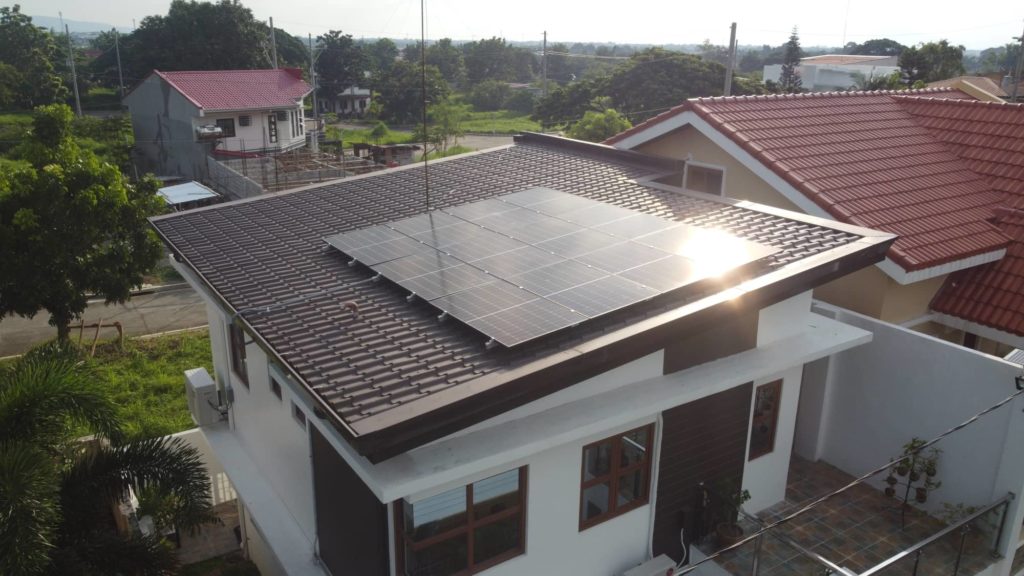
Photovoltaics are special materials that are semiconducting in nature and are able to convert light into electricity through the photoelectric effect.
Solar panels are a type of solar device that can be used to generate electricity from sunlight. Solar panel systems can be large or small, and they come in many different configurations, depending on how much power you need to produce and what kind of area you have available for placement.
You should know the basics when it comes to how photovoltaics work so that you can make an informed decision on whether this option is right for your home or business.
Photovoltaic systems are composed of at least one solar panel, which converts sunlight into electricity. These panels can be installed on roofs or walls with the help of mounting brackets and an inverter that converts direct current (DC) electricity, which is what a solar panel generates, to alternating current (AC) electricity, which the electrical grid uses.
Conclusion
You can save money. Going solar is one of the most cost-effective ways to make your home more energy efficient and save on your electricity bill.


